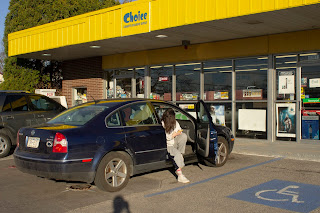Jared Smith paragraphs
Martin Parr
Martin Parr has composed an album of images that illustrates beach life at different times and places. During his travels, he has also used many different cameras. During the 1970s he used an early black and white photography Leica M3 with a 35mm lens. In the 1980s he had an onboard flash in the daytime with medium format. Halfway through the decade, he switched to the last resort in 1985 makina plaubel with a 55mm lens up until the mid-2000s. At this time Parr switches to digital. In 2017, Parr experiments extensively using a wider angle with the telephoto. Last year he used a Canon EOS 5D Mark IV. The album shows images of just about everything you think will happen on a beach. From people splashing around in the water to people in full body clothing and boots sitting back and enjoying an ice cold beer.
This album of photographs sheds lights on how people do different things around the world on beaches. Some might bring all the toys and floatable animals, and real ones, a car can carry or some bring only the clothes on their backs. His wide array of images show the because is not for a single diagram. It's more than a place for the young to experience new sensations and the old to reminisce on their times at a beach.
The images all have a focus but stay consistent with the theme or vibes from the beach. People wearing no shirts or enjoying their time on the beach. Replicating this style is a challenge because Parr did a great job limiting his audience in what he wanted them to get from the picture because a lot happens at the beach.
Jordi Bernado
Jordi Bernado is a Spanish photographer who won the Prize for the best photography book in “Photoespaña’02” for “Very very bad news”, Ed. Actar, Barcelona, Spain, 2002. He has also taught at many different schools in Spain, particularly Barcelona. in his album Very, Very Bad News shows the viewers his skills in organization. He also has photos of architectural structures that people might not get to see unless you travel to the place.
With symmetric images, the viewers can clearly find the focus of the photograph. Bernado uses a wide view on his lens for the majority of his photos. By doing this he creates a sense of depth for the readers and captures as much information as he can in one image. In this album, there's not a particular theme other than him trying to show viewers some of the things other people see and do with their time.
The images look like they were all taken on a tripod. Some figures in the pictures are leading your eye to a specific item. Although some of his images can carry a lot of information while others are simply two items in a room.
If you were to recreate these images you would need to have a focus and replicating patterns that are symmetrical. Of course, using the wide angle lens to capture as much of the scene as possible.
Dawoud Bey
Dawoud Bey was born in New York City. His photo album is called Class Pictures. After reading Taro Nettleton piece before the actual book begins the viewer gets a better inside understanding of the things that are going on in the album. For example, every subject in the portrait is touching another part of their body. Nettleton suggests that this action creates a closed circuit or an interior space. This book also doesn’t follow a normal pattern.
Every so pages the photos are on different sides. This gives the reader a break and draws them back into what they are viewing.
Recreating this style would be challenging because the students do not look tense around Bey. it looks like he spent a considerable amount of time with the subjects and getting them to feel comfortable with him taking pictures of them. Especially for him to take really intimate photos he would have to be substantially close in proximity. All the subjects are looking directly into the camera and not smiling. This makes it easier for the reader to look around and actually experience other areas of the photograph and not get distracted by the smile. The students also are wearing everyday clothes which can be taken as their regular teenagers who do teenage things.



Comments
Post a Comment